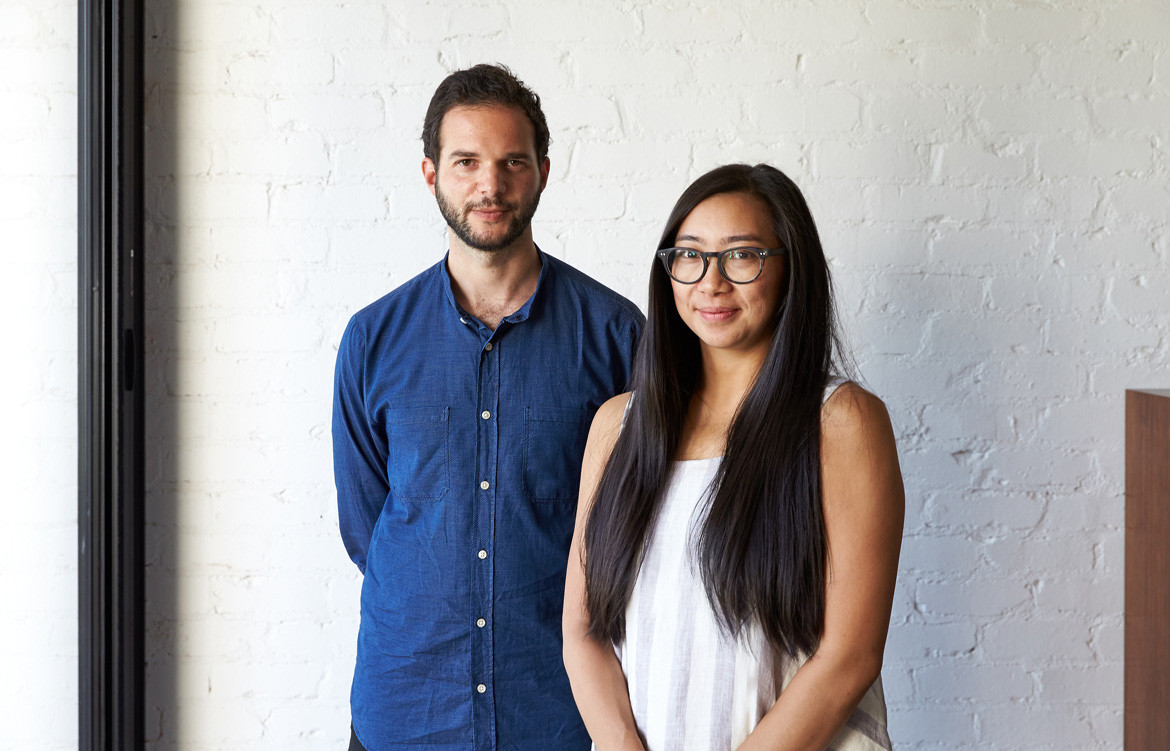Melbourne-based Foomann Architects design residential and commercial spaces. They work on small projects and large ones. They treat each project as it’s own. What ties their work together is Jo and Jamie, the duo behind the studio, and their shared design philosophy: “We like to think that we are particularly receptive and free of ego. We allow the context, brief and end users steer our approach, so that we are as curious about the outcome as our client.” The result? spaces that feel good and, by extension, spaces that feel like Foomann.
Foomann Architects are not shy of having diversity among their folio of work. They want their designs to reflect the tastes and personalities of their clients and they enjoy working with different materials and approaches. Whether it’s for a residential or commercial project, whatever the size or scale, Foomann Architects listen to their clients, their needs and wants, and take the time to adopt but also question the ideas they have so that they create spaces that get to the heart of what will really work. “ When we start a residential project, we work with our clients to envisage how they want to live… As with residential; hospitality and commercial projects require that we theorise experiences and scenarios with the added layer of brand identity. We project ourselves into spaces and query whether they will make us feel good.” While this might mean a particularly explorative process (though that’s where the fun is for these two), the result is something that feels far easier. “Our strength lies in distilling this complexity into the realisation of what we hope to be beautifully simple spaces.” And – it seems – something that also feels like theirs. “When we design, we know when it feels like one of ours.”
Another commonality between Foomann projects is the focus on context, environmental outcomes and compact footprints. This doesn’t mean they won’t make statements with their designs, but that they also have to be in harmony within the new environment. “We are happy to make a statement so long as the reshaped context feels natural and cohesive,” they say. This has resulted often in spaces that mitigate the distinction between indoors and out and blur the experience of moving between old and new. Of course working in this way is also conducive to addressing another very real concern facing the design industry right now: housing affordability.
“Sustainability and housing affordability are intersecting concerns that are driving positive change. Design being produced in Melbourne is incredibly good and Foomann are proud to be part of a community that continues to lift the standard and seek solutions.”
As a practice that believes we can have it all – efficiency, sustainability, affordability and luxury – we can only look forward to seeing more from this local studio.
Foomann Architects
foomann.com.au
We think you might also like more of Foomann’s work here and here.

